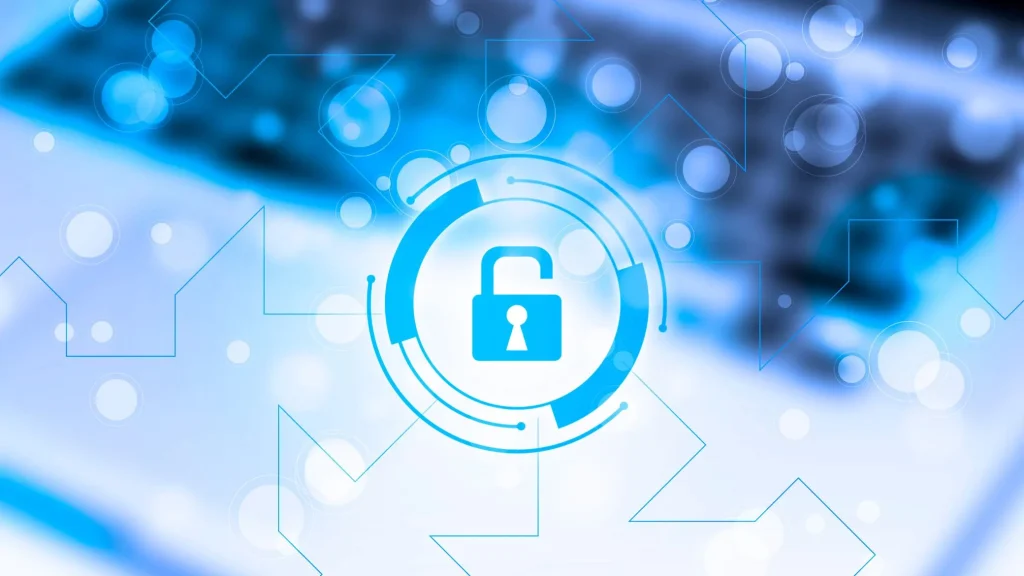How much is your health information worth on the black market? Just think about your records containing information of a medical patient who does not want others to know, stolen by hackers. Healthcare cybersecurity solutions are now not simply concerned with compliance. But they hold great importance in protecting the whole healthcare industry’s data from being breached.
According to IBM report of 2023, the cost of a data breach in the healthcare sector reached an average of $10.93 million. This loss shows that there is a need for contract managed it services that expert in cybersecurity measures to minimize cyber attacks.
However, with the cybersecurity 24 x 7 services and solutions offered by TTR Technology, the health IT security is possible to the next level.
How Cybercriminals Exploit Breached Data in Healthcare
Hackers steal healthcare information to make black money and pursue other criminal activities. This will damage personal, industrial, and even national reputations.
- Cybercriminals use stolen personal information for credit card fraud and for fake identifications such as getting bank accounts.
- Hackers use stolen medical information to take medical treatments and make fake insurance claims. Moreover, they ask for unwarranted bills while damaging patient records.
- Cybercriminals get profit from stolen healthcare data by selling medical records on the dark web for fraudulent purposes.
- Furthermore, many hackers can demand money from hospitals and patients, stating they will release people’s information, if they not paid. Furthermore, they can blackmail by threatening to reveal some medical details that the other party wouldn’t wish to disclose to their families or workplaces.
- Personal details and medical information are significant in creating convincing phishing emails by conning people to provide more information or authorization.
- Additionally, misleading insurance information is used to make false claims where criminals receive money for services that they never rendered.
- Stolen healthcare data is used for spying on competitors to get insights about them that may harm their reputation or negatively impact their business.
- Moreover, hackers invade medical research or trials and give access to new medical discoveries, treatment procedures, and drugs that impact stock prices.
- Furthermore, countries may spy on healthcare information to understand medical infrastructure, research, and possibly their vulnerabilities. Such information could provoke bio-terrorism strategies and create dangerous conditions in the world.
Advance Healthcare Cybersecurity Solutions to Protect Organization Sensitive Data

How to Use AI in Healthcare Cybersecurity Solutions?
Anomaly Detection:
- Behavioral Analytics: AI can be trained to recognize the patterns of users and devices. When any suspicious changes are observed, AI in Healthcare Cybersecurity Solutions will immediately inform the administrator.
- Threat Intelligence: AI-based Cybersecurity Solutions system’s always analyze large volumes of data to identify new threats, like zero-day attacks, through pattern matching and anomaly detection.
Automated Response:
- Incident Response Automation: AI-based Cybersecurity Solutions can respond to threats by possibly isolating systems that are suspected to have been infiltrated. It terminates the whole system engaging in that peculiar code and reports such incidents to analysts.
- Real-time Monitoring: AI monitoring works round-the-clock so that threats are flagged as they occur on the spot.
Predictive Analytics:
- Risk Prediction: AI Cyber Solution can also pinpoint prospective risks to the security system from previous incidents and ensure that the issue will be fixed before it happens.
- Threat Forecasting: AI security system predictive analysis models give the future possible attack vectors and their trends so that organizations can strengthen their cybersecurity.
Healthcare Cybersecurity Solutions with Machine Learning
Enhanced Authentication:
- Behavioral Biometrics: User behavior patterns can be identified from typing patterns or mouse movement for a higher level of security with the help of ML models.
- Adaptive Authentication: ML Cybersecurity Solutions can have additional identification levels from the risk analysis and enhance the security of potentially suspicious operations.
Phishing Detection:
- Email Filtering: Phishing emails have several phrases and patterns that a normal person might not recognize. However, ML cyber security models can scan these emails to point out their scams.
- URL Analysis: ML models can also identify the fake URLs that are phishing for the system.
Network Security:
- Intrusion Detection Systems (IDS): ML detects abnormal traffic patterns that might depict intrusion into a given system’s network.
- Endpoint Protection: Compared to typical anti-virus software, ML tools can gather information about endpoints while telling the difference between suspicious programs and threats.
Access Controls Healthcare Cybersecurity Solution
Multi-Factor Authentication (MFA):
- Implementation: Make your organization’s remote login system based on three factors, a password, a smart card, and the biometric feature of the user. This could be in the form of passwords, tokens, or other forms of biometrics.
- Adaptive MFA: Modify the authentication standard according to the level of risk of the access attempt. Set up multi-factor verification when the access attempt is from a new location.
Role-Based Access Control Solution (RBAC):
- Define Roles: Control over data and information must be determined by the people’s position in the organization. Nobody should be allowed to access or use any data or information that is not related to their duties.
- Least Privilege Principle: Users should have only privileged access to information, while their roles dictate the level of access they should have.
Single Sign-On (SSO):
- Unified Access Management: Make use of SSO to permit users to use multiple apps using one account, which makes management easier and enhances the security of the apps.
Network Segmentation:
- Segment Networks: Subdivide the network by creating subnets so only those requiring entry to restricted areas can be allowed access.
Credential Management as Healthcare Network Security
Strong Password Policies:
- Complexity Requirements: To increase the system’s security, passwords should be strengthened by including lettercases, symbols, and numbers,
- Regular Updates: It is advisable to change the passwords frequency to reduce the chances of someone obtaining a password.
Password Management Tools:
- Password Managers: Guide users to use password managers to develop and manage diverse and secure passwords for various applications.
- Automated Rotation: Use applications that can cycle credentials to actively support new credentials during the usage of privileged accounts.
Credential Encryption:
- Encrypt Credentials: It is important to store the credentials in an encrypted format in case of a break-in.
- Secure Transmission: Ensure that you never transmit credentials in clear text. This means that avoid a plain HTTP connection and always use TLS or SSL.
Credential Monitoring and Alerts:
- Monitor Use: P4: Monitor the process to identify any suspicious activities related to the use of credentials.
- Alert Systems: whenever certain login attempt or credentials are misused, the should be use of alerts system to generates automatic messages or notifies the system administrators
Privilege Controls for Healthcare Cyber Security
Privileged Access Management (PAM):
- PAM Solutions: PAM Solutions manages and coordinates the privileges account and increases security.
- Session Management: To monitor and manage activities performed with privileged accounts, it is essential to retain records. It is also important to track the actions initiated during sessions by these accounts. This helps in identifying any potential compromises.
Just-In-Time (JIT) Access:
- Temporary Privileges: Allow temporary privileges only when necessary and for a certain period, as the account is most exposed in this state.
Separation of Duties (SoD):
- Dividing Responsibilities: It is to avoid one person’s signing or approving all the things about any significant process.
Audit and Compliance:
- Regular Audits: Conduct regular checks and balances to assess the current level of compliance.
- Compliance Monitoring: Reducing the possibilities of non-adherence to healthcare data protection laws and regulations.
Take Advantage of TTR Technology for Cyber Security Solution For Healthcare
As cyber threats are getting more serious, having effective healthcare cybersecurity solutions is important. Protect your valuable data with the help of TTR Technology, which offers the latest AI and ML services for businesses.
You need to protect your patient, maintain and regain their trust, and also meet set legal and/or organizational requirements. Contact us to protect the healthcare system from cyber threats and to ensure the future security of your organization.





